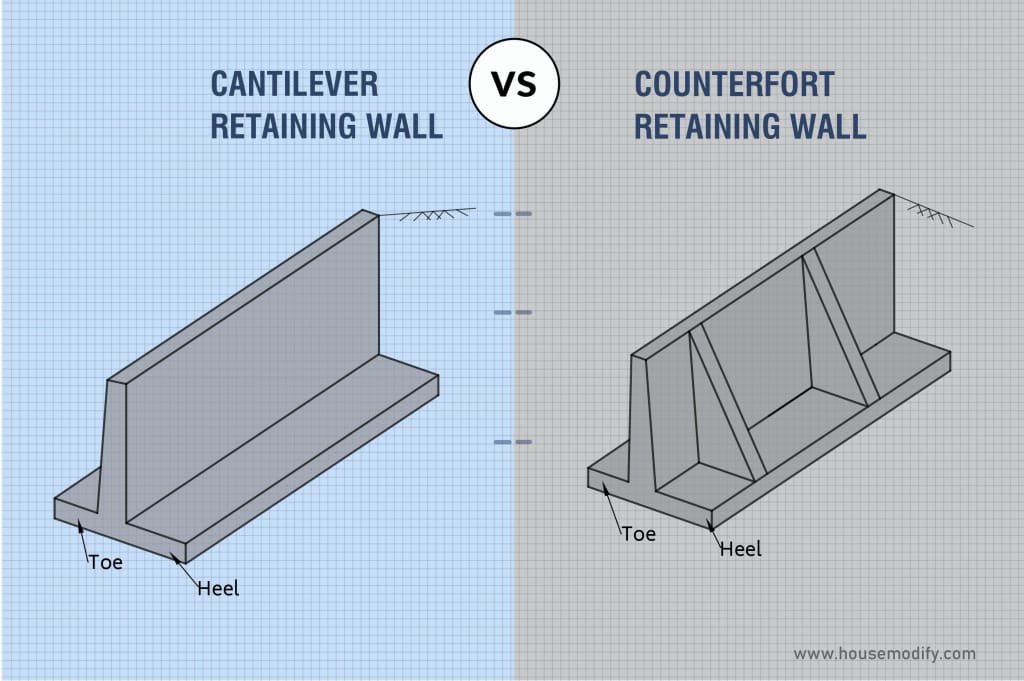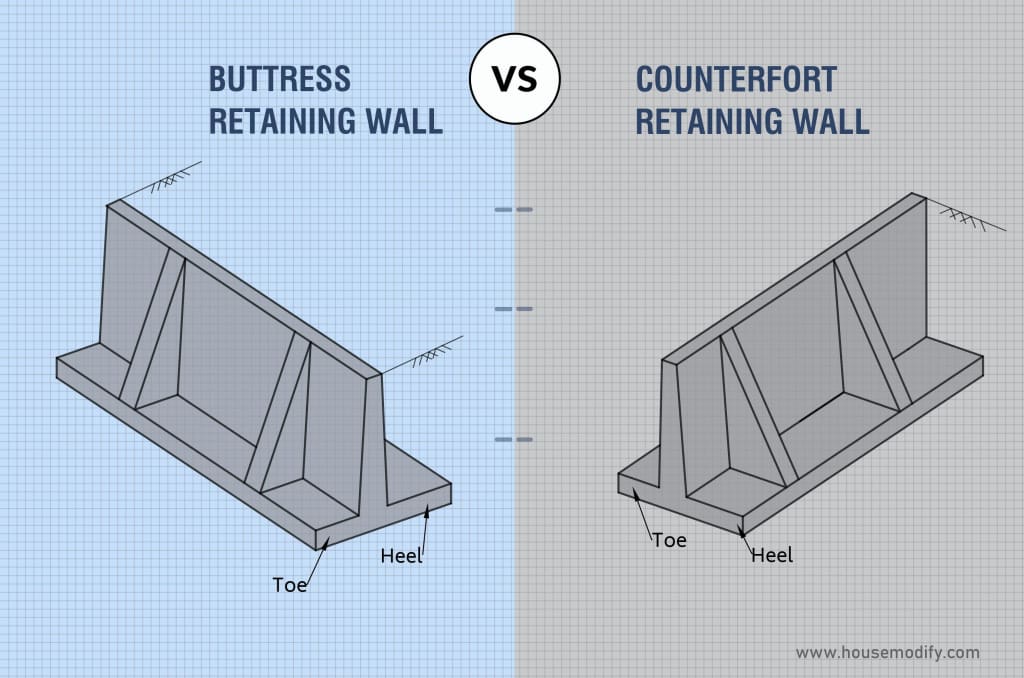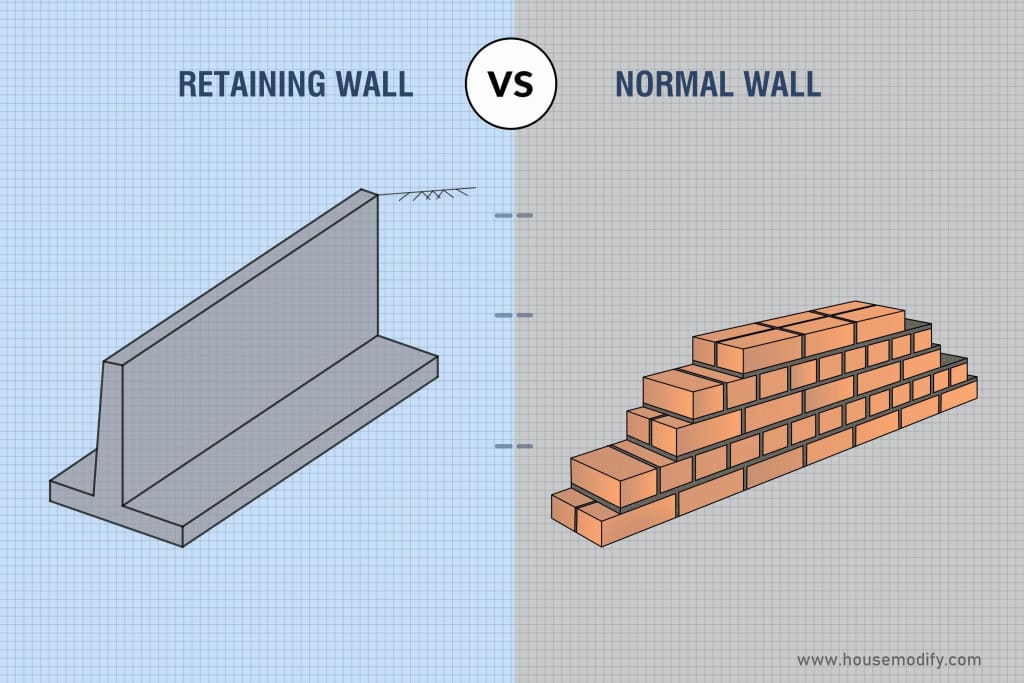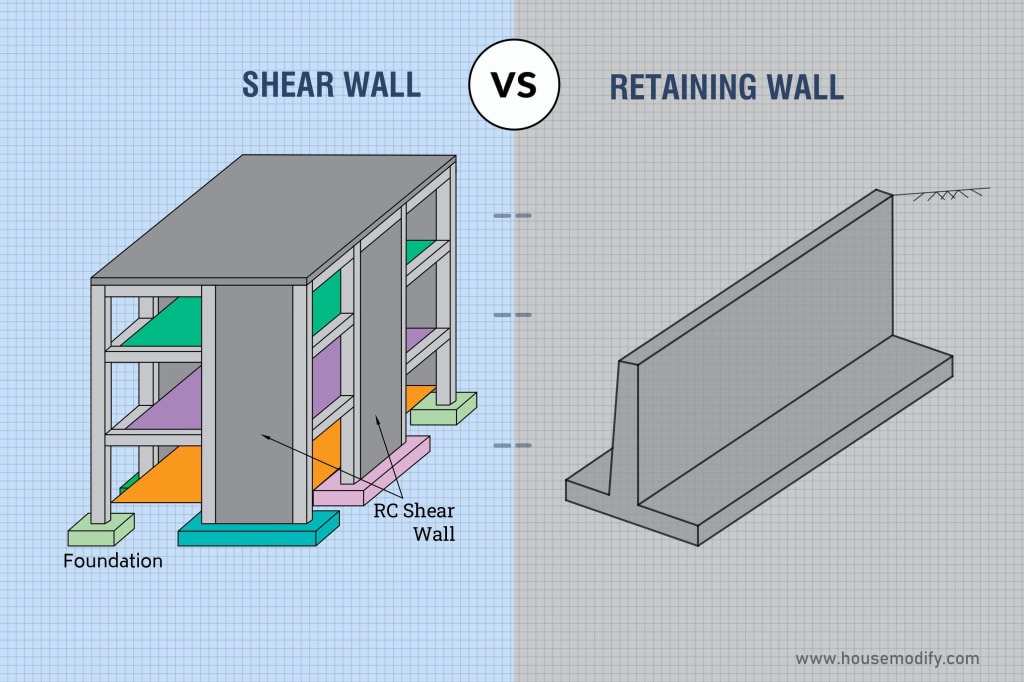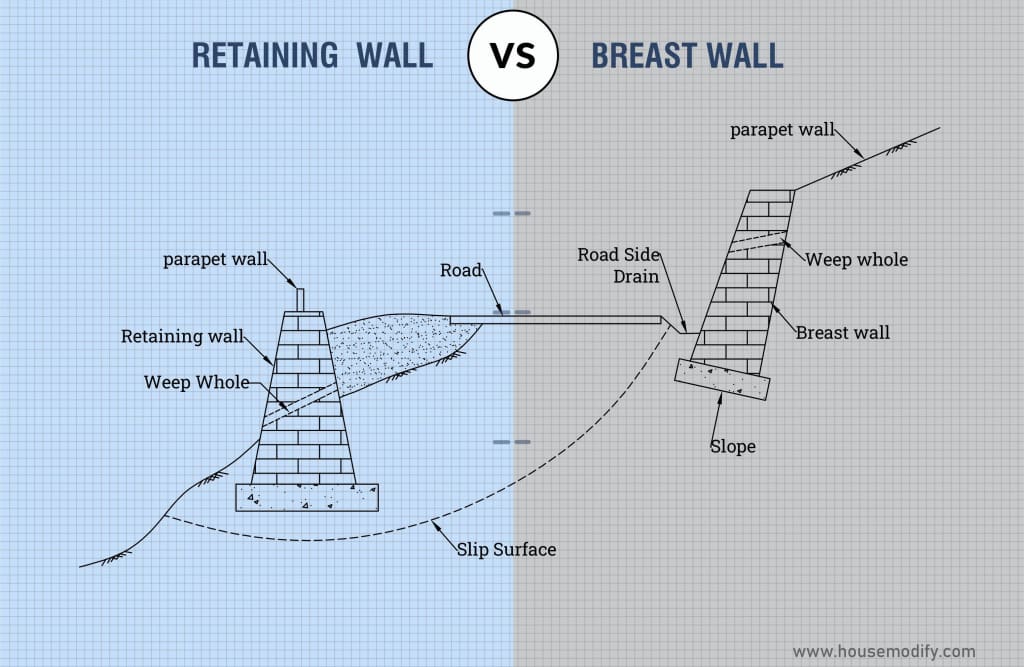Boulder rock retaining wall is mixed properly with any terrain, it naturally fulfils the function of providing the necessary strength to support the soil behind the stone wall.
These walls add beauty, which many homeowners desire as well as the practicality needed for a successful wall.
The retaining walls are made of limestone and blend nicely into any landscape.
Here are the stages for constructing a boulder-based retaining wall as follows:
5 Steps to Build a Boulder Retaining Wall:
Preparation of location in your landscape:

The tools needed to set up a site in your landscape depending on the intended applications for the boulder retaining wall.
The required height of the boulder wall should be determined and the lengths, corners, and any desired modifications should be stacked.
Use a shovel or other heavy machinery to clear areas where the boulder rocks will accumulate excess dirt.
Make sure the dirt wall gradually turns inward.
Set a row of landscaping fabric:
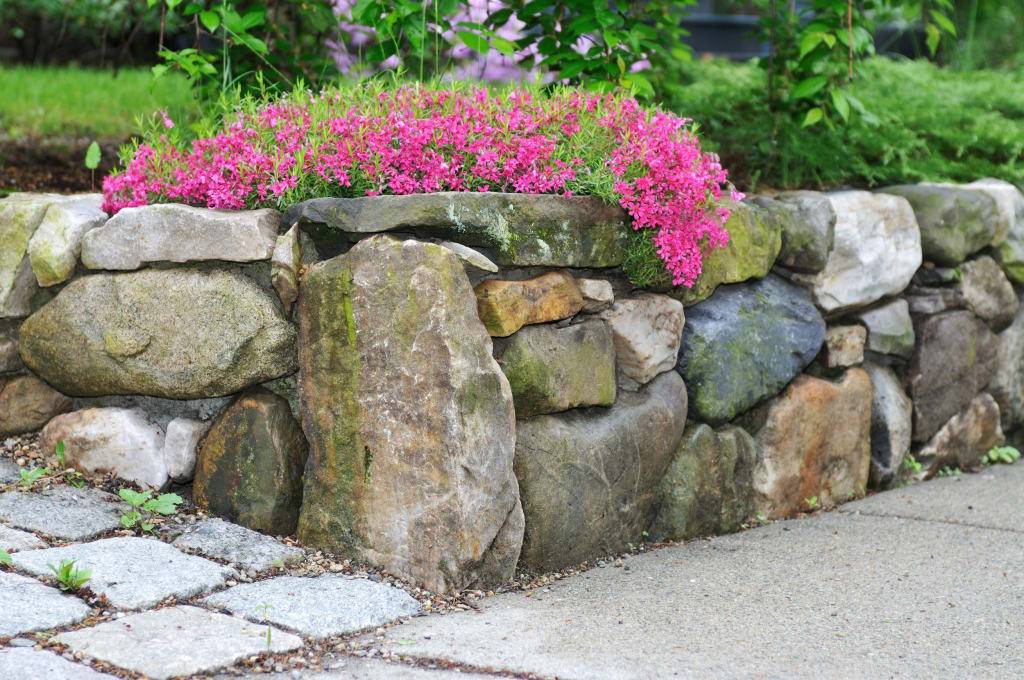
Set a row of landscaping fabric over the soil wall, lay some of the fabric on the ground to accommodate the boulders, and the rest of the fabric to extend the soil border for the subsequent row of boulders.
There are numerous weights and thicknesses of landscape fabric, 25-year protection cloth is the thinnest material you can use.
Visit a nursery or landscape supply store for the heavy fabric needed for tall boulder walls.
Selection of the Right size of boulders:

For maximum strength and visual appeal, boulder sizes should be appropriate for the size of the wall.
Get a variety of boulders in large, medium, and small sizes.
Use natural stone such as granite, limestone, fieldstone, or another sort.
Sort the boulders by size, starting with the largest.
Make sure the stones in the bottom row touch when you start placing them on top of the fabric.
Before returning to begin the second row, lay down six to eight of the larger boulders.
Pull the fabric forward and fill in behind the boulder if the stone is not firmly attached to the mud wall.
Place a second row:
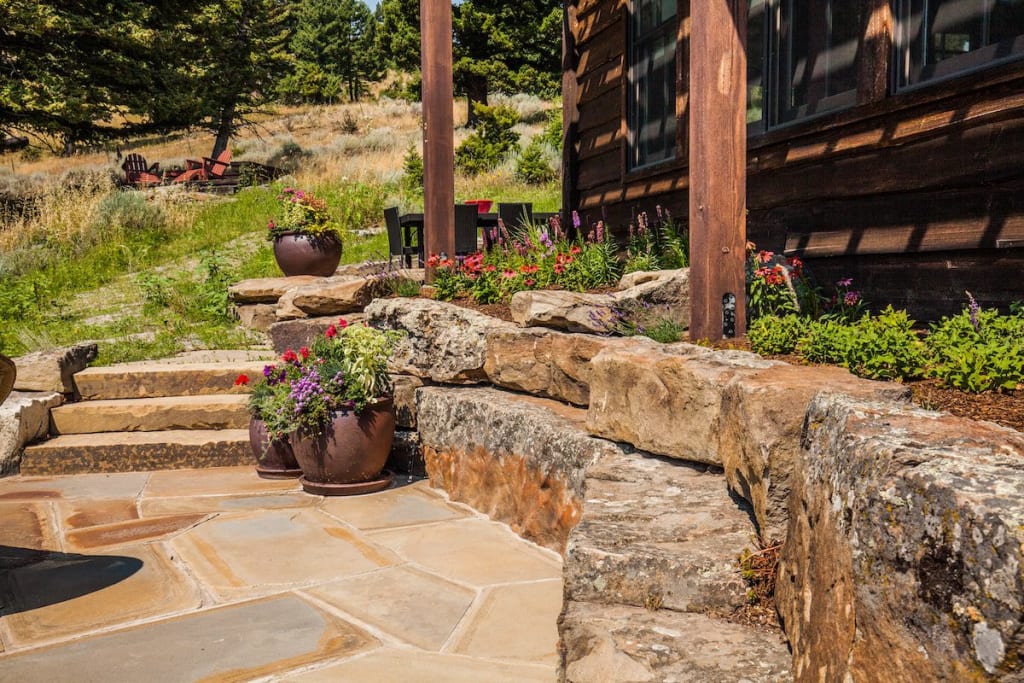
In order for the stones of the second row to meet the contour of the bottom row, they must again lean towards the mud wall.
Taking special care to position the landscape fabric behind each rock, the second row should be arranged such that the boulders on top of the joint where the bottom two boulder rocks connect.
You can place some stones vertically to give contrast to your retaining wall.
Depending on the size of the boulder, this can necessitate two rows but it can be done to provide a pleasing appearance.
To create a lock-in style for the foundation of the retaining wall proceed with the bottom row and the second row.
Each additional layer can be created in the same way.
Final touch:
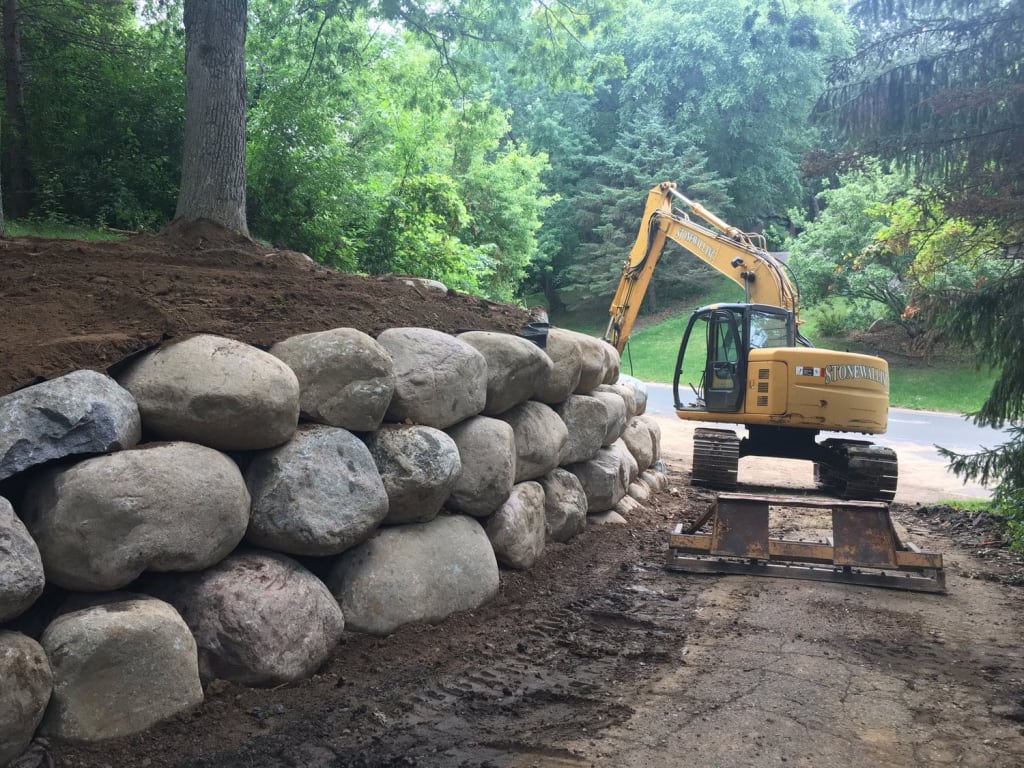
When there are large spaces between stones, fill them with smaller rocks.
If you’re adding landscape rock, roll the cloth over the top of the dirt to give the rock wall’s top a clean edge.
If not, trim the fabric back and quickly seal the edges of the fabric with a lighter.
Advantages of Boulder Retaining Wall:
- The boulder retaining walls provide natural drainage.
- Boulders are available in various sizes.
- Properly constructed boulder walls are both inexpensive and highly durable.
- It has high strength and aesthetic value.
- As temperatures fluctuate, pits do not erode or weather.
Disadvantages of Boulder Retaining Wall:
- Rocks are dense and heavy and require the use of motorized equipment to lift the stone into position.
- The process of building a wall can be very time-consuming when choosing the right stone from the pile.
- Since most of the weight is on the stone below it rather than the soil behind it, the stones should fit together as easily as a jigsaw puzzle.
Conclusion:
Installing retaining walls can be overwhelming for the average homeowner.
Boulders provide a beautiful, natural look and the practicality needed for an efficient retaining wall.
Many different materials including cinder blocks, brick, wood, or manufactured retaining blocks can be used to build support structures in gardens.
To ensure stability and safety, a civil engineer must supervise the construction of any retaining wall higher than four feet.
Section Under: Retaining Walls

